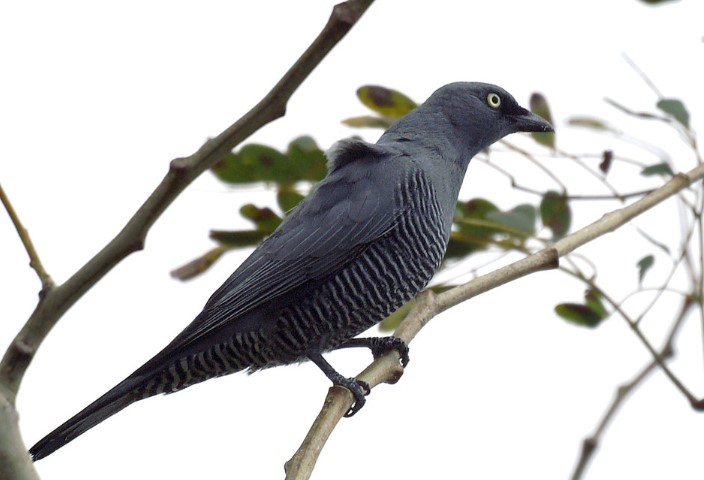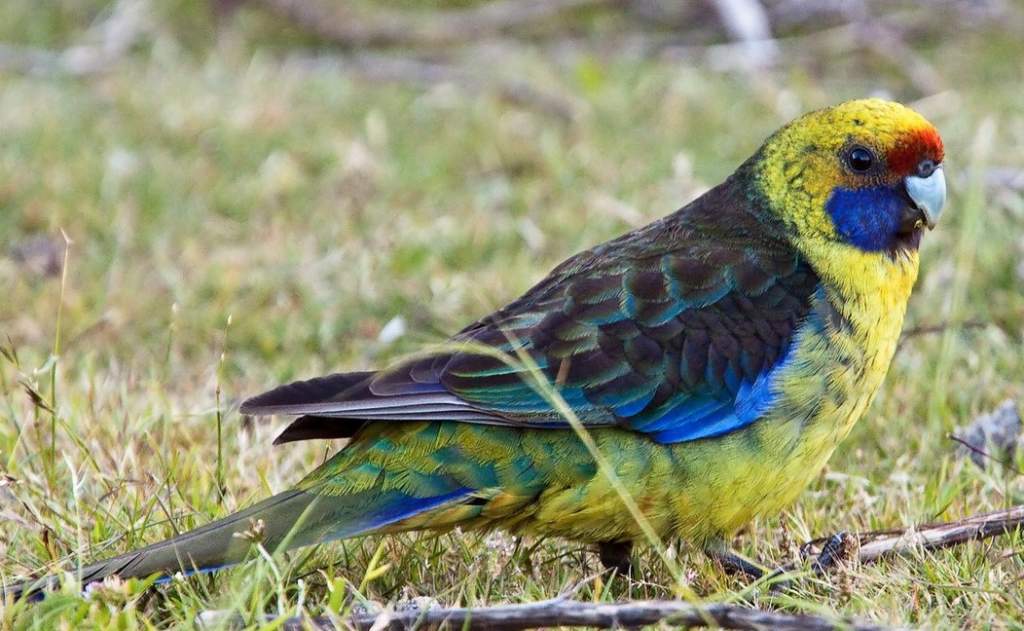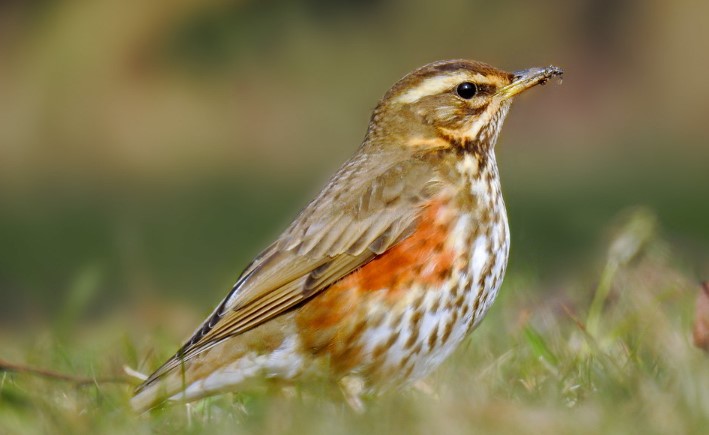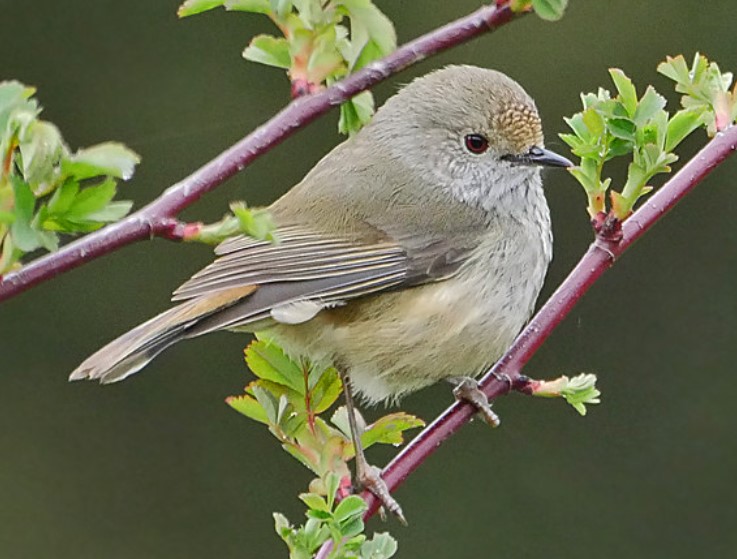Campephagidae is the family to which the yellow-eyed cuckooshrike belongs. Solomon Islands, Papua New Guinea, Indonesia, and eastern Australia are all home to the bird. Yellow-eyed Cuckooshrike is a fruit eater found in the rainforest canopy and its margins. It is characterized by its distinctive barred breast and belly.
Insects are a part of their diet, but most of their diet consists of fresh-picked fruit and seeds. During feeding, they rapidly move from one tree to another, moving rapidly through each one. Their ability to swallow whole fruit means they only eat those that are the right size for them. In flocks of up to 40 or 50 Yellow-eyed Cuckoo-shrikes searching for food, the birds wander nomadically.
It is common for them to shift north during winter and south during summer in the southern limits of Queensland, but they live year-round in northeastern Queensland. The birds travel long distances in groups, flying from tree to tree in the rainforest canopy, calling continuously in contact, and interspersing their fluttering flight with rising, falling, and circling glides. During the night, flocks roost communally in the crown of a single tree. The breeding birds disperse to nest in pairs, and the flocks are made up mostly of non-breeders, whom the nesting birds temporarily join.
Swainson’s Cuckoo-shrike and Barred Cuckoo-shrike are the other common names. Approximately 240-260 mm is the length of the Yellow-eyed Cuckoo-shrike. There is no difference between the sexes. The upper parts of the birds are dark gray, while the rump and lower parts are paler. There are black edges to the flight feathers that are dark grey in color. There is a wash of gray at the base of the tail feathers. There is black at the base of the forehead, at the lores, and at the front of the eye, but deep grey on the rest of the face, at the chin, at the throat, and at the upper breast. The rest of the underparts are closely barred black and white. The eyes are yellow, the bill and the feet are black.
The juvenile plain is white beneath, sometimes vaguely scalloped darker. Unlike adults, immatures have fewer bars; flecks of white may be present over the ears. The Yellow-eyed Cuckoo-shrike calls short, nasally, whaaan, singly, or repeatedly. The flight call is also a thriling chatter aw-loo-ack, aw-lak.
Breeding and nesting take place from October to January. Nests are flat saucers made from fine twigs, bark, and sometimes casuarina needles bound together. Nests are typically placed in forks of trees between 15 and 25 meters high, in horizontal forks. Cuckoos lay two dull white to green-grey eggs that are spotted with grey, olive, and brown; oblong-oval, about 31 x 22 mm.
Yellow-eyed Cuckooshrike distribution extends from Cape York Peninsula to Manning River district, NSW, erratically farther south. Often found in rainforests and eucalypt forests nearby. New Guinea, the Bismarck Archipelago, and Soloman Islands are also home to this species. There are up to 10 races, one of which is barred for both sexes in Australia.
Read More – White-bellied Cuckoo-shrike (Coracina papuensis)







